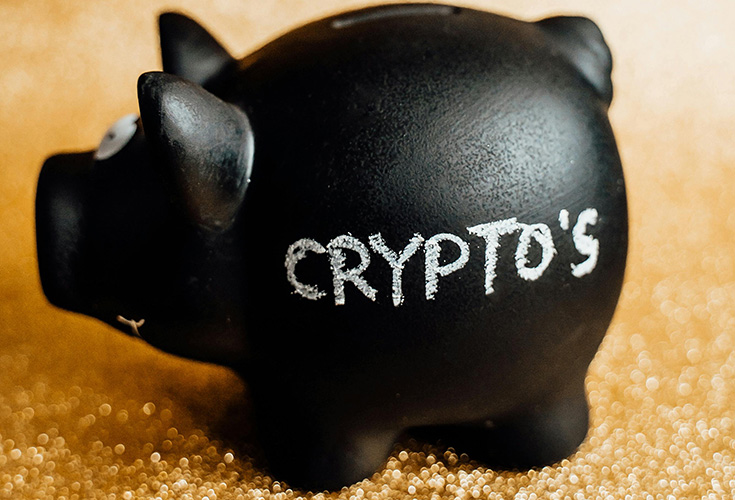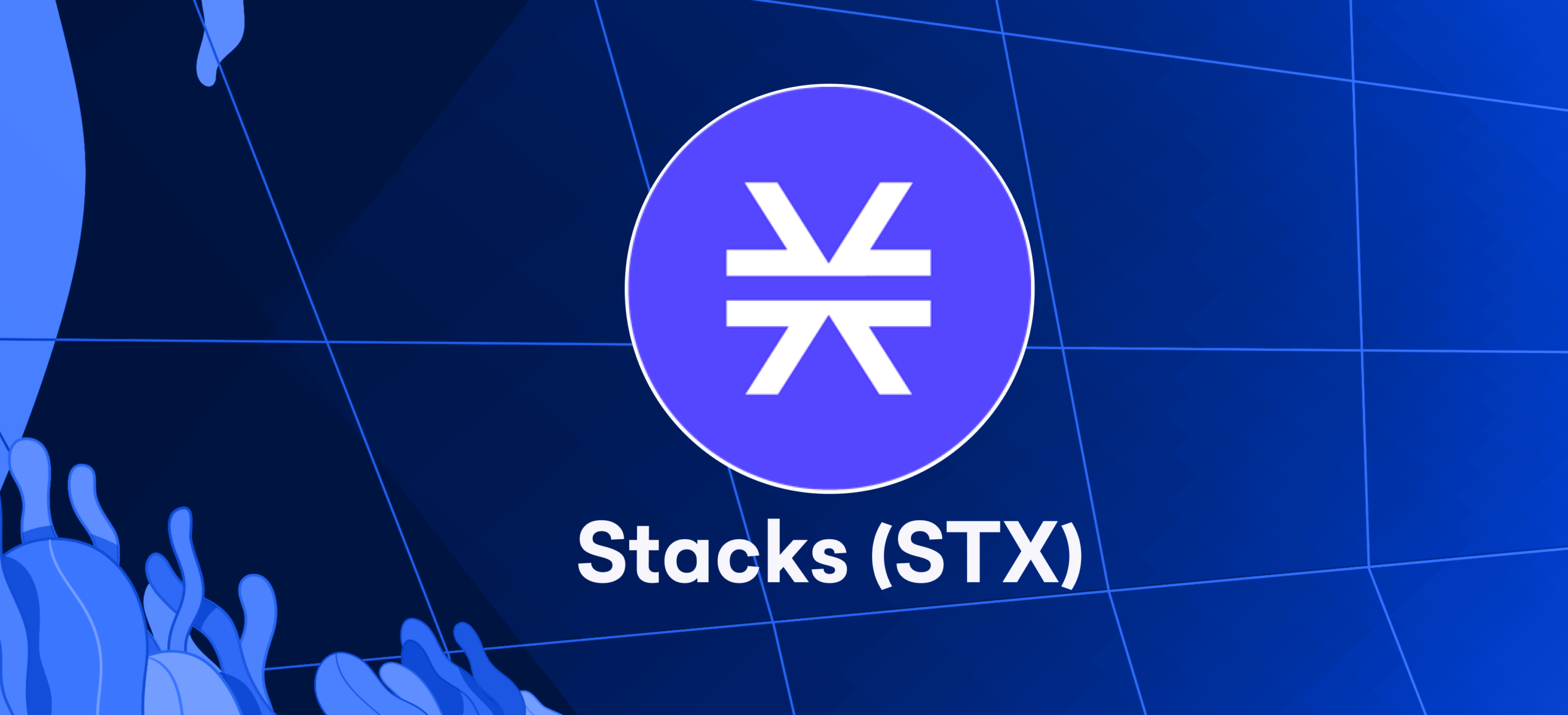
Introduction
Cardano is a top-performing blockchain solution, holding a strong market capitalization position. Input-Output (IOHK), Emurgo, and the Cardano Foundation drive the project, named after renowned mathematicians Gerolamo Cardano and Ada Lovelace. They will explore the DeFi ecosystem of Cardano with a focus on staking.
Staking with Ouroboros Consensus Mechanism
Cardano employs the proof-of-stake (PoS) consensus method called Ouroboros for its network governance. This mechanism enables ADA holders to delegate their funds to stake pools, which verify transactions, create blocks, and govern the network. Ouroboros uses advanced mathematical tools such as cryptography, combinatorics, and mathematical game theory to ensure the protocol’s integrity, longevity, and performance.
Staking Rewards For ADA Holders
Staking rewards are an incentive mechanism for ADA holders who delegate their tokens to a stake pool. Users without the knowledge or motivation to manage a node can still participate in the network through staking and receive compensation based on their delegated stake. The Ouroboros protocol pays validators directly, awards staking rewards to all delegators, and has a set pool cost and optional margin.
Staking ADA In A Self-Custodial Wallet
This post will review the methods needed to stake ADA in a self-custodial wallet, the tools required, and potential user incentives. The amount of ADA determines the foundation for delegation in the wallet at the last epoch boundary (five days).
By delegating their ADA stake, users can participate in the Cardano network’s governance and earn rewards for their contributions, all while maintaining control over their funds in a secure and decentralized manner.
Self-custodial wallets: An overview
Self-custodial wallets hold cryptocurrencies or nonfungible token (NFT) assets, allowing users to control their assets completely. In contrast, centralized exchanges subject consumers to counterparty risks if the exchange collapses. This article will explore self-custodial wallets in more detail, focusing on the Cardano ecosystem.
The importance Of private keys
Self-custodial wallets remove counterparty risk, but users must keep their private keys safe. Users need private keys to keep track of their crypto assets; if they lose them, they risk losing access.
Native wallet solutions In layer-1 ecosystems
The majority of layer-1 ecosystems contain built-in wallet technologies. For instance, MetaMask is generally used for Ethereum and ERC-20 assets, whilst Solana users frequently use phantom wallets.
Cardano has its native wallet solutions, with full-wallet implementation in IOHK’s Daedalus and Emurgo’s Yoroi light wallet.
Expanded wallet Landscape In The Cardano ecosystem
In the Cardano ecosystem, the wallet environment changed dramatically after the Shelley mainnet hard fork in 2020. Full-node and light wallets are available as standalone software, browser plugins, or mobile apps for Windows, Linux, and Mac. Cardano wallets can also handle single- and multi-address wallets, as Cardano is UTXO-based like Bitcoin and not account-based like Ethereum.
Different wallet Functionalities
Cardano wallets have different functionalities, with some specializing in NFTs while others build bridges between chains and technologies. The highly developed implementations of Typhon and Etrnl wallets offer a wide range of capabilities, including sending an infinite amount of assets to several recipients in a single transaction and supporting multiple accounts inside a user’s wallet, staking, and voting.
Custodial wallet staking In Cardano
One key feature of custodial wallet staking in Cardano is that the wallet owner never lets their ADA tokens out of their hands, always retaining complete control. The foundation for delegation is based on the total amount of ADA in the wallet at the last epoch boundary (five days).
Creating A Self-Custodial Wallet On Cardano
Several wallets are available for individuals to self-custody their Cardano assets, and among them is the Yoroi wallet. To set up a Yoroi wallet, follow these instructions.
- You may download the Yoroi wallet as a browser plugin from this page.
- After downloading and installing the browser plugin, clicking on it launches the Yoroi application page.
- The wallet creation process begins when you click the “Add New Wallet” button on the programme page.
- The next screen provides three options: Connect to a hardware wallet, create a wallet, and restore it.
- Select the “Create wallet” option to create the first Cardano wallet.
- Users then pick “Cardano” as the currency, and the following pages allow them to provide their wallet with a name, username, and password.
- You must create the recovery phrase in the next stage, write it down, and validate it in the following phase.
- The wallet may now accept Cardano assets.
- Users may contribute ADA to the wallet by clicking the “Receive” tab, which displays the address.
- Users can send ADA from the exchange to their wallet to begin staking.
Staking ADA: Process And Rewards
Validators and other stakeholders who participate in staking pools receive staking rewards for validating transactions, making it essential to stake ADA on the Cardano network. Delegating ADA to staking pools is also an option for holders who cannot run validators.
Staking Rewards And Current Status
Due to the planned reserve consumption, the team gradually decreased staking rewards for pool operators and delegators from 5% to approximately 4%. Currently, staked ADA represents a significant portion of the circulating supply, with nearly 24.5 billion ADA (69%) staked out of the 34.7 billion ADA in circulation. Staking pools stake over 70% of ADA.
Choosing A Staking Pool
Holders of ADA have access to over 3,000 staking pools on the Cardano network, providing a wide range of options for staking. You can start staking using the Yoroi wallet UI or any other Cardano wallet.
- The “Delegation list” on the wallet page offers a selection of delegates.
- Pool operators can also donate to the pool, as indicated by the “Pledge column.” A larger commitment indicates more skin in the game.
- Stakeholders can select a pool by clicking the “Delegate” button.
Staking with Daedalus Wallet: A Step-by-Step Guide
The Daedalus wallet serves as an alternative option for Cardano network users, and here are the instructions on how to stake ADA using this wallet:
The latest Daedalus wallet version is downloaded and installed via the official website: https://daedaluswallet.io/.
When launched on a laptop, the programme provides the choice of restoring an existing wallet or creating a new one.
- The system asks the user to provide a wallet name and password.
- When you select the Create option, Write down and confirm a 24-word recovery phrase that will be given to you.
- The wallet is constructed, and the blockchain is synced.
- When the syncing is finished, the user must go to the “Staking” tab to begin the staking process.
- When the user clicks the “Delegation” button, they are taken to the delegation centre, where they can select from numerous staking pools.
- The stake pool is selected, the amount of ADA staked is input, and the confirmation is sent.
- The user’s ADA is assigned to the pool when the transaction is completed.
- The chosen pool will now be responsible for packaging transactions into blocks and verifying the chain.
- After each five-day epoch, the Ouroboros protocol, not the pool’s operator, automatically distributes the rewards from the reserves to all ADA wallets.
Resolving frequent problems when self-custody ADA staking
Users may encounter some potential issues while staking ADA in a self-custodial wallet. The following troubleshooting procedures may assist in resolving certain issues:
Difficulty In Finding A Suitable Stake Pool:
Users who cannot find a suitable stake pool to delegate can use a stake pool search tool or broaden their search parameters to include more options. Stake pool portals such as PoolTool and explorers such as Cardanoscan and Cexplorer provide a more comprehensive look at the history and performance of all stake pools.
Issues with Wallet Synchronization:
If a user’s wallet is not syncing properly or displaying incorrect information, they can restart it or use a new device. They may also see whether there are any updates or fixes available for their wallet software.
Transaction Errors:
Suppose users encounter an error while attempting to delegate or withdraw their ADA. In that case, they must ensure they have entered the correct information and have enough funds in their wallet to cover any transaction fees. Users can also try emptying their cache or switching browsers.
Staking Rewards Not Received:
Check that your delegation is operational and that your delegated pool creates blocks to receive staking incentives. You won’t receive any rewards if you don’t create any blocks. They recommend that users refresh their wallets or check the blockchain explorer to ensure the awards have been delivered.
Recovery Phrase:
Users should inform that if they cannot use one of the ADA wallet applications, they can use the recovery phrase to restore the wallet in another wallet app anytime, giving them access to all their ADA and native assets. Suppose users encounter any additional problems when staking ADA in a self-custodial wallet. They can contact the Cardano Wallet software support team or seek advice on internet forums and communities.
Users should never disclose their wallet recovery seed words or a screenshot to anybody who claims to be able to help them with their wallet. Furthermore, users should be wary of scammers and not believe anyone telling them to transfer their funds to a new address.








